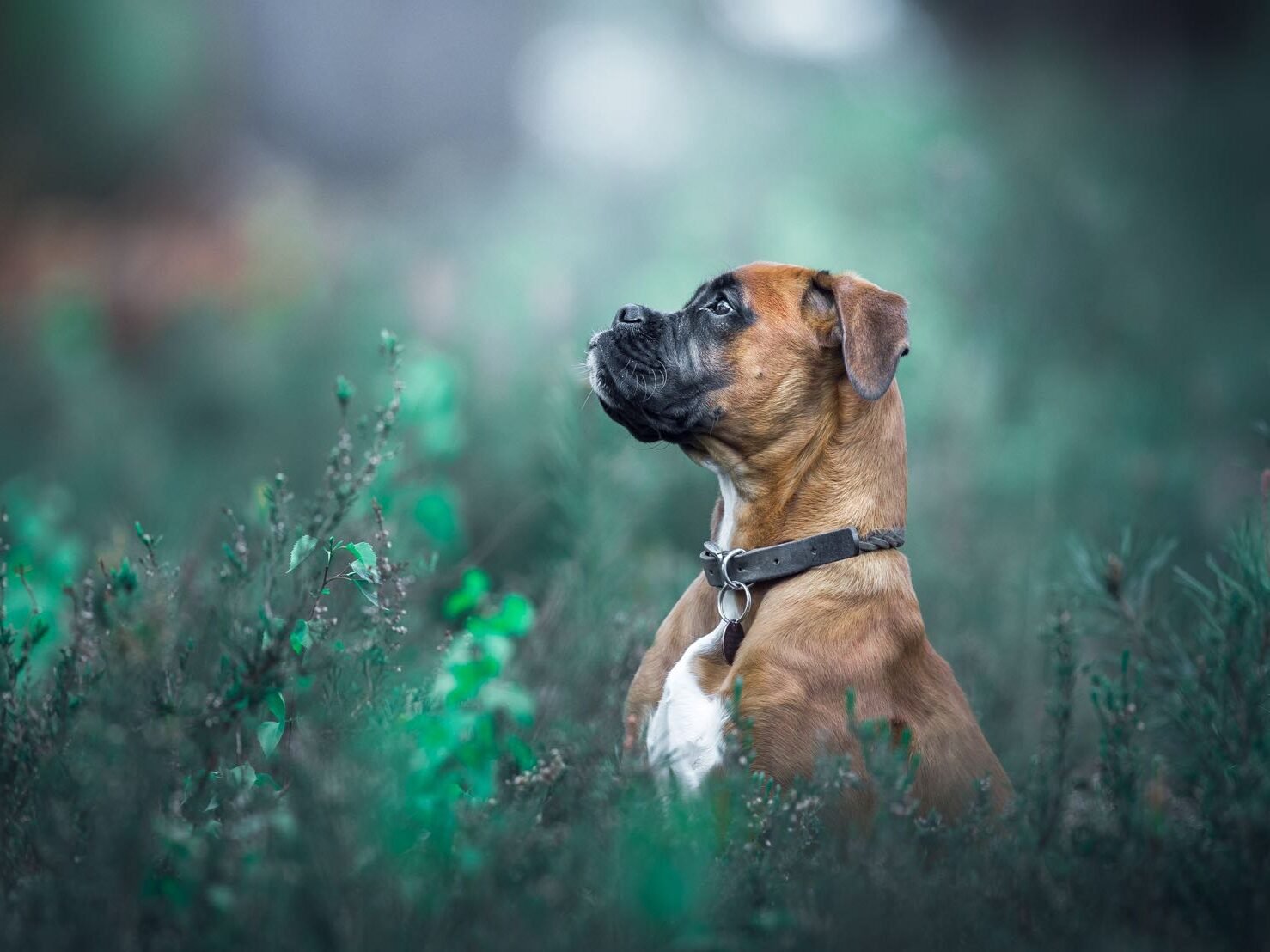Toilet Training Mistakes You Might Be Making…
Toilet training your puppy should be a straightforward process but if you’re finding it frustrating or inconsistent, you’re definitely not alone. The good news is, toilet training can be quick and effective when it’s done right. The bad news? Many owners are unintentionally making common mistakes that confuse their puppies and make the process much harder than it needs to be.
In this blog, I’ll walk you through the top mistakes I see regularly, and how you can avoid them. These tips apply to all breeds, but I’ll also include a few extra notes for small dogs and those who may be struggling more than usual.

1. Not Taking Your Puppy Out as Soon as They Wake Up
Puppies don’t have the ability to “hold it” when they first wake up. If you’re not immediately taking them outside the moment they stir, you’re likely missing the window for a successful toilet trip.
Tip: Before you even say good morning, scoop them up and bring them to their toilet spot. No fuss, no delay.
2. Not Showing Them Where to Go from the Start
When you bring your puppy home, one of the very first things you should do is take them straight to the area you want them to use for toileting. This builds a clear and consistent association.
Tip: Use the same door, same path, and same area every time, at least to begin with. Consistency is everything.
3. Using Puppy Pads Indoors
Puppy pads may seem helpful at first, but they often create more confusion than clarity. If you’re teaching your puppy that toileting indoors is okay, it’s no surprise when they keep doing it.
Tip: Skip the pads if you can, and head straight to outdoor training. It removes a step and eliminates mixed messages.
4. Not Taking Them Out Regularly Enough
At eight weeks old, puppies need to go out a lot. Every 10 minutes when they’re awake might sound extreme, but remember, they’re only up for around four hours total each day.
Tip: Set a timer and be proactive. By day three or four, you can stretch it to 20-30 minutes between toilet trips.
5. Letting the Garden Become Playtime Too Soon
If your puppy associates the garden with excitement and fun, they’re less likely to focus on going to the toilet. Suddenly, it’s a playground, not a bathroom.
Tip: Keep it boring. Take them out on lead or in a pen, wait quietly, and only engage or reward once they’ve done their business. You can introduce play later on.
6. Too Much Freedom Outdoors
Sniffing, digging, eating grass… there’s a lot going on out there, and most of it is more fun than weeing. Too much freedom can be overwhelming and distracting.
Tip: Use a lead or a puppy pen to reduce distractions and help them focus on the job at hand.
7. Not Rewarding Quickly Enough
Timing matters. Your puppy has a tiny window (just a few seconds) to connect the act of toileting with the praise or treat you’re giving. If you wait until you’re back inside, they’re unlikely to link the reward to the correct behaviour.
Tip: Verbally praise them as they go (a quiet “yes!” or “good toilet” works well), then treat them immediately after they’ve finished.

What If You’re Doing Everything Right?
Sometimes, despite doing all of the above, toilet training still doesn’t seem to click and that’s when it’s time to consider a few other factors.
Small Dogs Take Longer
Smaller breeds have smaller bladders and higher metabolisms, meaning they need to go more often. That’s totally normal; it just requires a bit more patience and even more regular trips outside.
Health Issues Can Interfere
If your puppy is having frequent accidents despite consistent training, always rule out medical issues. Urinary tract infections, gastrointestinal upset, or other health concerns can absolutely affect their ability to hold it or go in the right place.
Tip: If your puppy is really struggling, book a quick vet check. Better to be safe than sorry.
The Bottom Line
Toilet training doesn’t have to be a long, stressful process. With the right approach, clear routines, consistent messages, quick rewards, and a bit of patience, most puppies can be reliably toilet trained in just a few days.
If it’s not going smoothly, don’t beat yourself up. Check for these common mistakes, adjust your routine, and give your pup the best chance to succeed.
Have questions or need help with a tricky pup? Feel free to get in touch — I’m always happy to help!




























